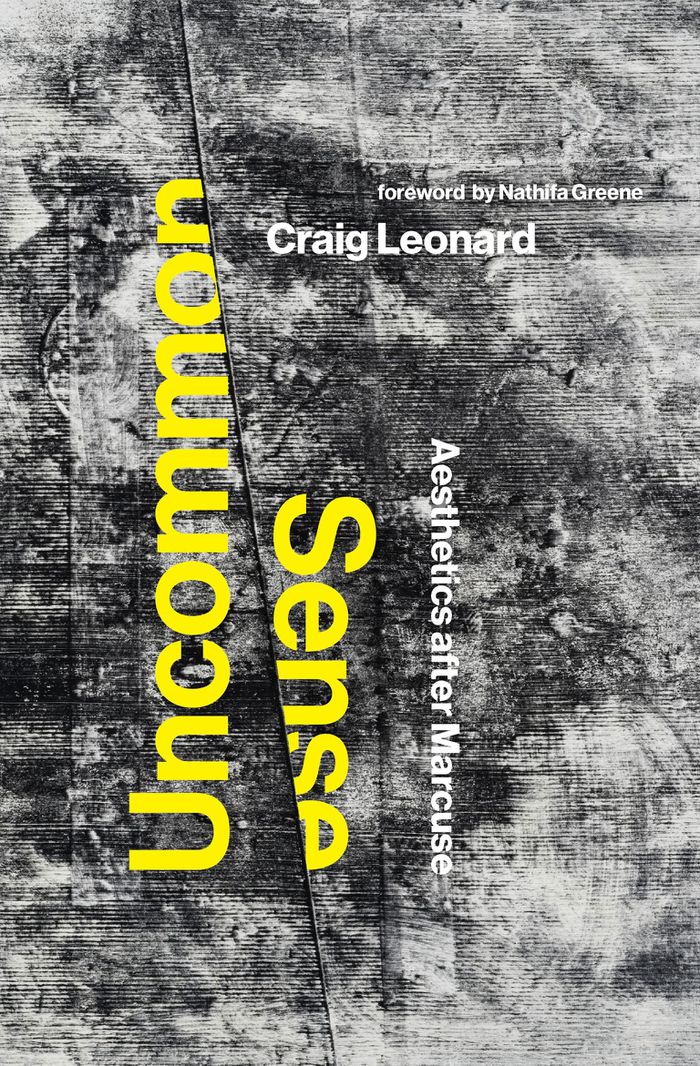$27.95
(available to order)
Summary:
This book presents the transcript of a conference held at the Nova Scotia College of Art and Design on October 5–6, 1970, organized by Seth Siegelaub. Attendees at the event included Carl Andre, Joseph Beuys, Ronald Bladen, Daniel Buren, John Chamberlain, Jan Dibbets, Al Held, Robert Irwin, Mario Merz, Robert Morris, Robert Murray, The N.E. Thing Company (Iain and Ingrid(...)
The Halifax Conference: October 5th and 6th, 1970
Actions:
Price:
$27.95
(available to order)
Summary:
This book presents the transcript of a conference held at the Nova Scotia College of Art and Design on October 5–6, 1970, organized by Seth Siegelaub. Attendees at the event included Carl Andre, Joseph Beuys, Ronald Bladen, Daniel Buren, John Chamberlain, Jan Dibbets, Al Held, Robert Irwin, Mario Merz, Robert Morris, Robert Murray, The N.E. Thing Company (Iain and Ingrid Baxter), Richard Serra, Richard Smith, Robert Smithson, Michael Snow and Lawrence Weiner. The Halifax Conference was conceived as a means of bringing about a meeting of recognized artists representing diverse kinds of art from different parts of the world, in as general a situation as possible. Infamously, the conference was held in the college's boardroom, while students and other interested parties watched the proceedings on a video monitor in a separate space. The result was a conversation that devolved—technologically and ideologically—into quasi-tragicomic farce.
Canadian art
$29.00
(available in store)
Summary:
In this book, Craig Leonard argues for the contemporary relevance of the aesthetic theory of Herbert Marcuse—an original member of the Frankfurt School and icon of the New Left—while also acknowledging his philosophical limits. His account reinvigorates Marcuse for contemporary readers, putting his aesthetic theory into dialogue with antiracist and anti-capitalist(...)
Uncommon sense: Aesthetics after Marcuse
Actions:
Price:
$29.00
(available in store)
Summary:
In this book, Craig Leonard argues for the contemporary relevance of the aesthetic theory of Herbert Marcuse—an original member of the Frankfurt School and icon of the New Left—while also acknowledging his philosophical limits. His account reinvigorates Marcuse for contemporary readers, putting his aesthetic theory into dialogue with antiracist and anti-capitalist activism. Leonard emphasizes several key terms not previously analyzed within Marcuse's aesthetics, including defamiliarization, anti-art, and habit. In particular, he focuses on the centrality of defamiliarization—a subversion of common sense that can be a means to the development of what Marcuse refers to as “radical sensibility.”
Critical Theory

